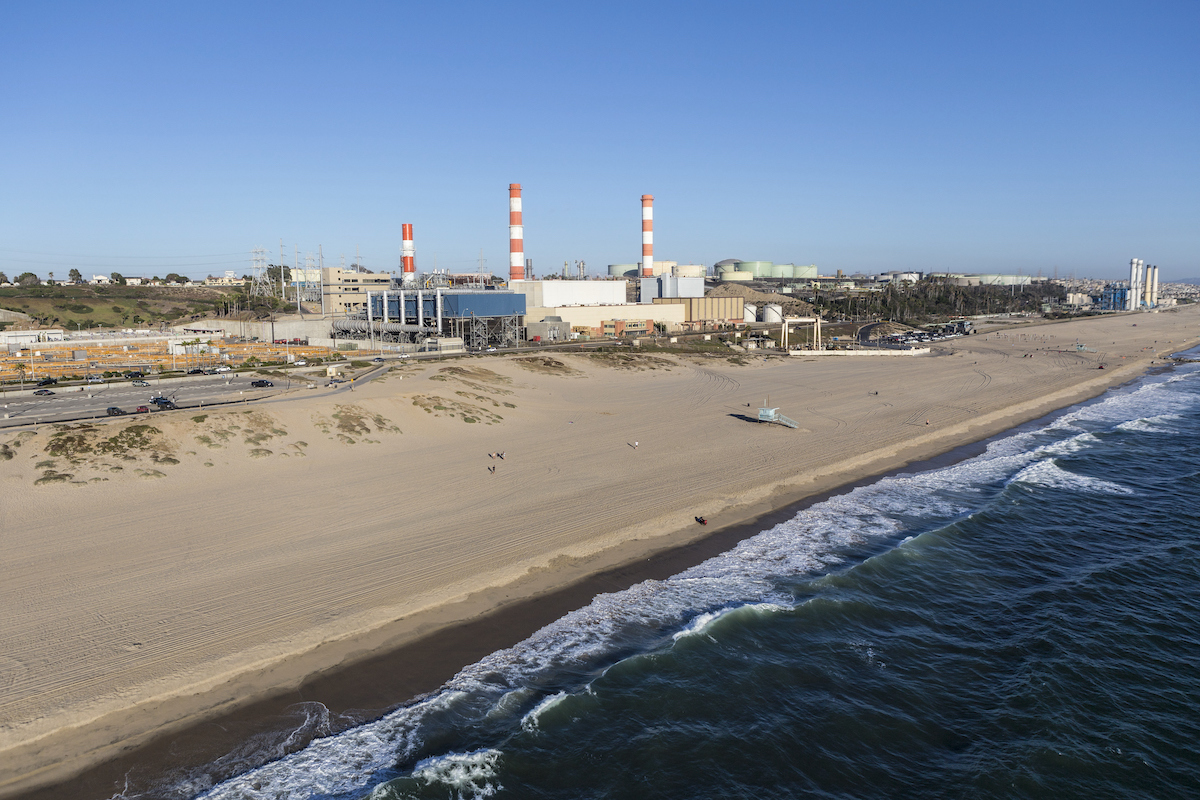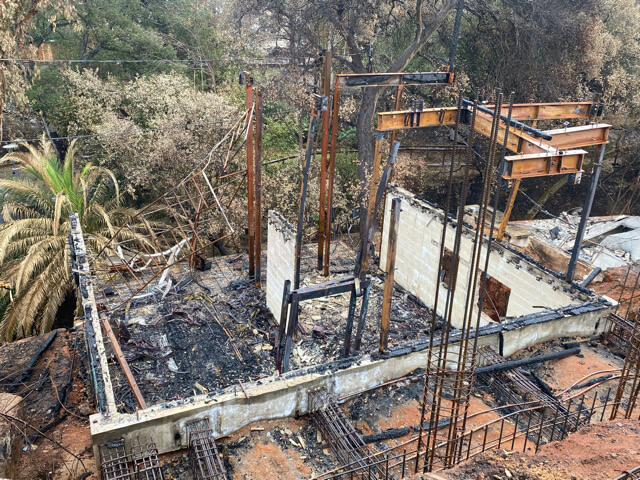Despite the vote passing 12-0, some council members raised concerns about the project’s environmental impact
By Sam Catanzaro
The Los Angeles City Council voted on Wednesday to move forward with a controversial $800 million plan to shift the Scattergood Generating Station in Playa del Rey from natural gas to green hydrogen.
Despite the vote passing 12-0, some council members raised concerns about the project’s environmental impact and lack of transparency from city officials. Councilwoman Katy Yaroslavsky, chair of the council’s energy committee, expressed skepticism, saying that there had been no analysis of alternatives or robust community engagement process.
“While I completely understand and agree that our power system needs to be reliable and resilient, I am still not convinced that burning hydrogen is the best way to achieve that end,” Yaroslavsky said, adding that she did not take “great comfort in the responses” from LADWP officials during the meeting.
In an effort to ensure the project does not present a public health or safety risks from the production, storage, transportation or use of green hydrogen, several guidelines were put in place including regular reports from LADWP and hydrogen leak prevention and monitoring. The council also directed LADWP to assess non-combustion alternatives to green hydrogen and conduct outreach with local councils and organizations.
The Board of Water and Power Commissioners approved a resolution in August saying that transitioning to hydrogen could help reach its goal of 100% renewable energy by 2035. However, environmental groups have voiced their opposition arguing that hydrogen still produces emissions that can threaten the climate and is more costly than other alternatives like solar, wind or battery storage.
Alex Jasset of Physicians for Social Responsibility Los Angeles warned in a statement to City News Service that this step could set off a “massive hydrogen build-out” across Los Angeles which could perpetuate health and environmental injustices for communities living near power plants.
During a prior committee meeting LADWP’s director of resource planning Jason Rondou says while $800 seems significant, it is expected to account for less than one percent of LA’s energy portfolio by 2030.
“If we have wildfires, if we have earthquakes, it is that less than 1% that will keep the grid reliable and stable so that we can continue to charge our electric vehicles, and we can continue to power our homes and businesses — which will be fully electrified in the future,” Rondou said.
Councilwoman Traci Park said she was prepared to use Section 245 of the City Charter as a veto if she finds too many risks associated with the project. Section 245 gives City Council the power to override actions by local boards with a two-thirds vote.
“If this project ultimately breaks ground, I have to be able to tell my constituents — without a hint of doubt — that our actions will not come at the expense of their health and well-being,” Park said.

























